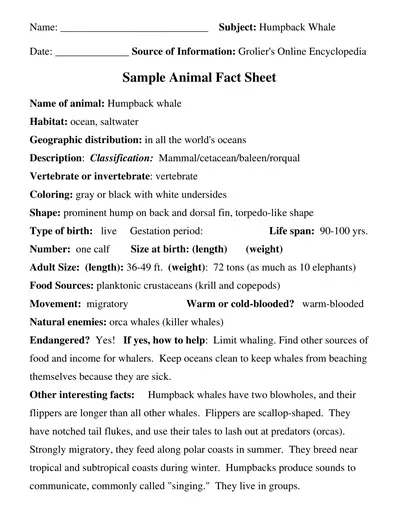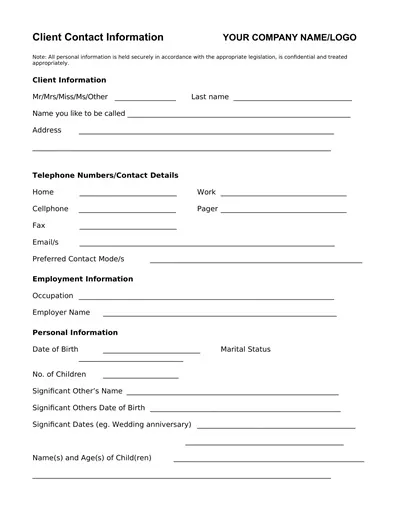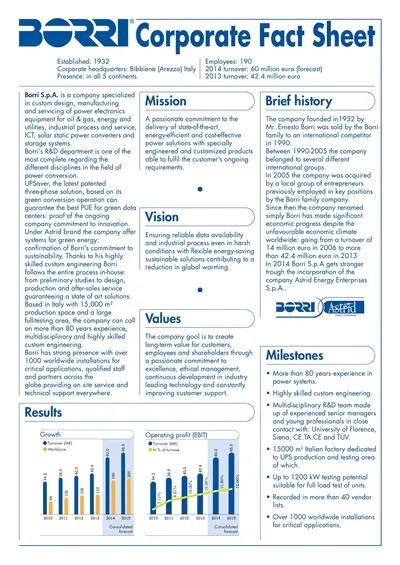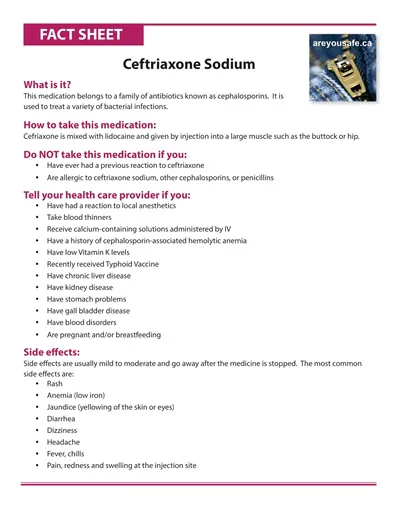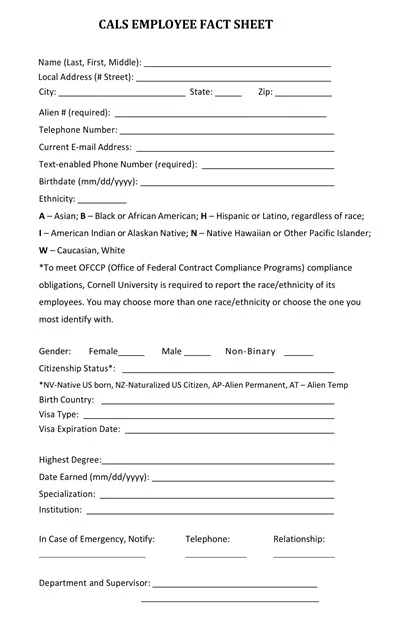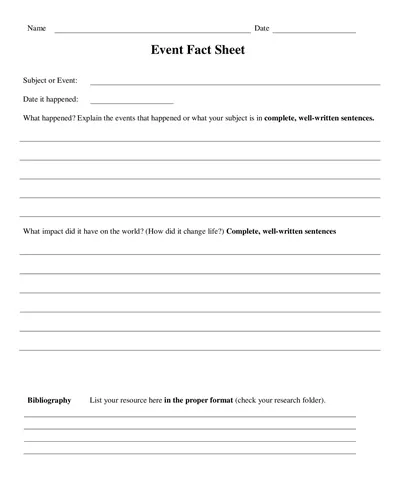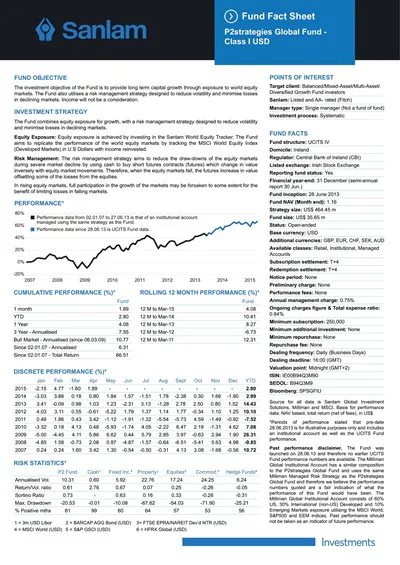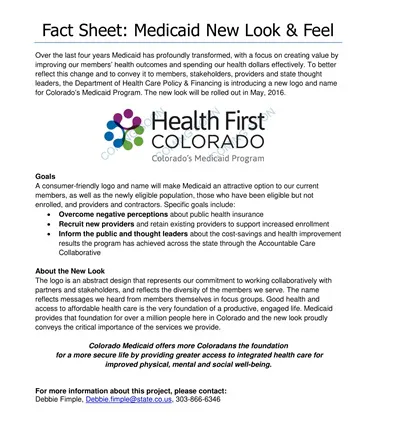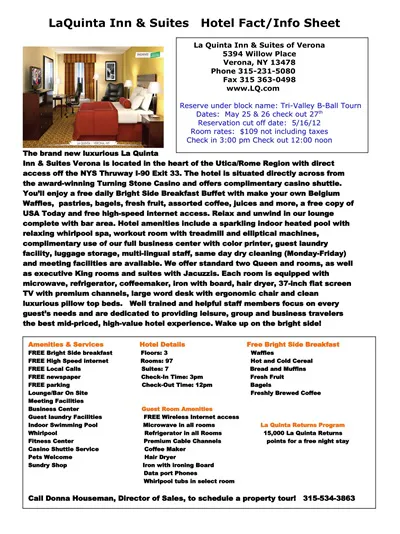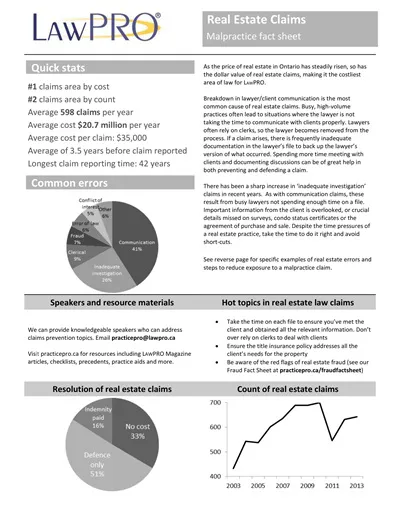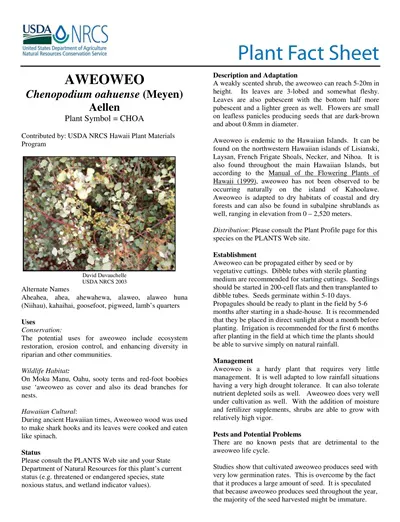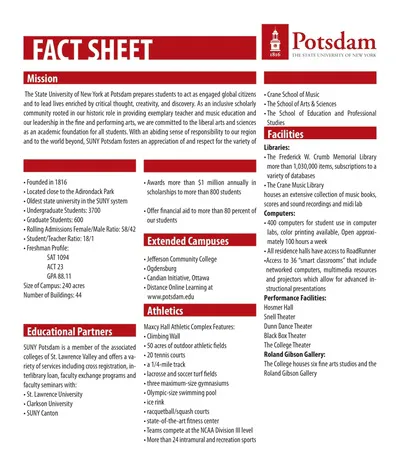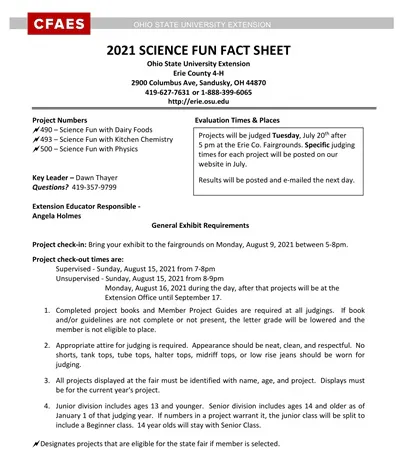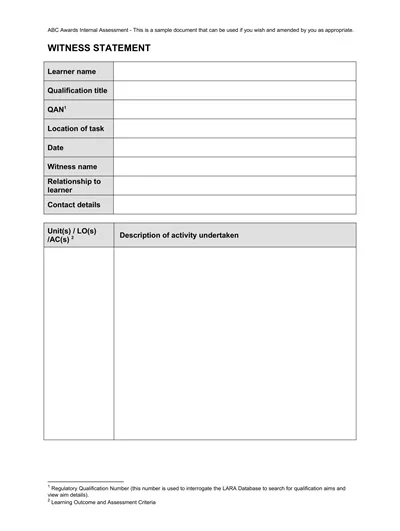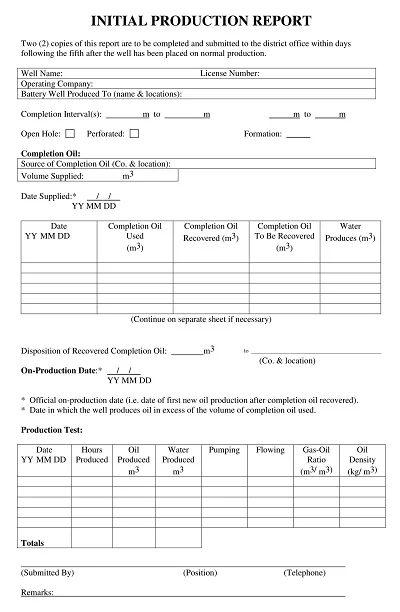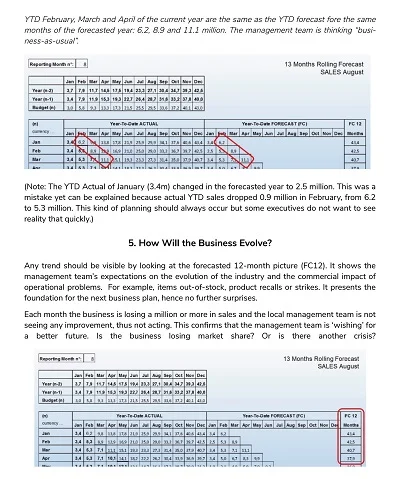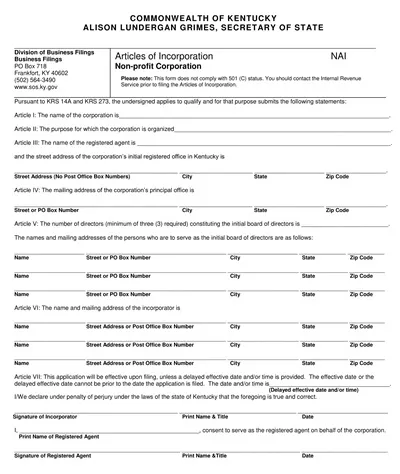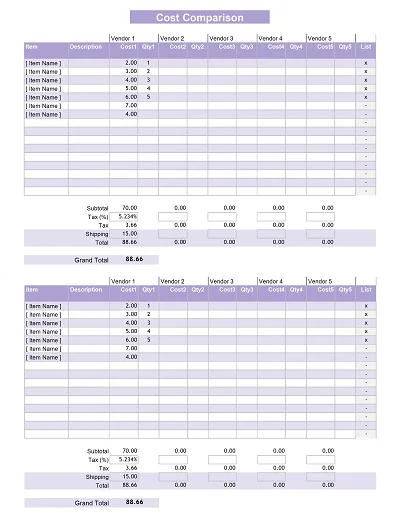A fact sheet template is a type of document that is developed in a format that helps to organize the information in a concise and accurate method and means. It usually contains headings together with major points and facts that are associated with some subject or object and important details about it, as well as the inclusion of lots of subheadings and bullet points, which make it easier to read.
Fact sheets are regularly employed in business, marketing, and education to convey important information about goods or services, activities, or study results. Sometimes, they have headers and subheaders, bullet lists, pictures, and a brief option with contact information, which seems highly suitable for any kind of use.
Download Free Sample Fact Sheet Templates
What is a Fact Sheet?
A fact sheet is a short, one or two-page document that delivers a key message on one particular subject, thing, or idea. Its primary use is to provide a concise, easy-to-understand summary, which is very useful in areas where time and clarity of information matter most.
Fact sheets are usually provided in set patterns that contain details, statistics, and other important information in a concise manner that ensures they are easily comprehensible and frequently contain illustrations. They are used in marketing communications, educational, training, or informative purposes where the goal of passing information is to be effective and significantly affect the target community.
Types of Fact Sheets
H fact sheets are presented in some type tuned to be most appropriate for the need and to address target clientele. Here are some common types of fact sheets:
- Product Fact Sheets: These are mostly employed by firms to inform consumers about product attributes, advantages, and characteristics. They are widely used to support marketing communication messages and sometimes to produce and launch products.
- Corporate Fact Sheets provide an overview of a firm or organization. They usually contain data about the company’s general information, history, mission/vision statements, values, major accomplishments, and results.
- Event Fact Sheets: Employed to pass requisite information about an impending function, such as date, time, place, activities scheduled, and important personalities. That is, they are used in promotional campaigns or when it is necessary to notify staff and other stakeholders.
- Educational Fact Sheets: These sheets are specifically created to summarize and break down complicated ideas at the basic level. They can be used in schools to offer brief information about a given subject or research.
- Health Fact Sheets: These are important tools used by healthcare organizations to share information about health with others.
- Policy Fact Sheets: Government or non-profit entities are used to summarize information on policies, regulations, or legislative concerns. They seek to educate and convince their readers of something regarding a certain position/stand or action to be taken.
This must explain why all types of fact sheets support information delivery that is unambiguous and simple, namely, about the needs of their target market.
Components of a Fact Sheet
A well-structured fact sheet contains several key components that ensure it effectively communicates its intended message:
1. Title
The title of a fact sheet should be specific and contain information about what is in it. It provides context before the printed information and draws the reader in immediately.
2. Summary/Introduction
This section is short and contains information about the document’s purpose and what a reader should expect to find in it. It also guides the nature and pertinence of the knowledge provided.
3. Key Points
A brief set of final summary points, while the bullet points focus on the main ideas that should not be missed. These points should be fairly obvious and quantified or illustrated by an example where relevant.
4. Visual Elements
Preliminary findings reveal that learning and comprehension are improved when knowledge is presented in graphical form through charts, graphs, images, and/or infographics. On this site, visuals can help represent folded information and make it attractive.
5. Data and Statistics
Adding other related pieces of information, such as data or statistics, gives credibility and accuracy to a fact sheet. Ensure that all identification and label information are updated and that data sources are up to date or preferably from a more reliable and credible source.
6. Contact Information
Giving readers contact information after publication lets them respond to follow-up questions or seek more detailed information. This might be phone numbers, e-mail addresses, or links to the social networks’ pages.
7. Call to Action (Optional)
Depending on the nature and goal of the fact sheet, it appears as a call to action that persuades the reader to take a certain action of their own, including finding out more, participating in an event, or adopting a certain proposed action.
Read more about these components and why they all contribute towards developing an effective and easily navigable fact sheet for an intended audience.
Why must two fact sheets be prepared?
Fact sheets are important in many disciplines since they compact large amounts of data into easily understandable structures. In today’s busy world, people and organizations may need to convey important information in one go, which can be accessed freely using fact sheets.
They enable quick decision-making by providing data and information in a simple and easy-to-understand manner. This is useful for stakeholders who may not be able to go through volumes of reports.
In addition, fact sheets increase credibility and professionalism due to the well-structured and research-based nature of most documents shared. In marketing contexts, education, and policy, such brief documents give the reader or viewer the enablement that audiences require for sound comprehension and related activity.
How to Distribute and Promote Fact Sheets
Ensuring that those strategies contribute to the dissemination and promotion of fact sheets is the key to the success of the strategy and delivery of the fact sheets to the target group. Here are some strategies to consider:
Online Distribution
- Website: Make copies of host fact sheets available for individuals within your organization and make such fact sheets easily accessible on the organization’s website. Make sure to design a special place on the website where they are easy to find and can be accessed anytime.
- Email Campaigns: Use fact sheets as information inserts, which can be mailed to your target public through newsletters or email campaigns. This makes it easier in terms of delivery and scheduling; updates can be made according to the time the recipient takes to go through the content.
- Social Media: To reach a wider audience, make fact sheets easily accessible on such social media accounts. Target the viewer’s visual cortex and limit the text to convey the message and get reposted.
Offline Distribution
- Conferences and Events: Share printed fact sheets with participants at conferences, workshops, operation meetings, or other related events. This personal approach and reiterating the stated message can also enhance networking.
- Mailing Lists: For specific target groups, it will be useful to send out printed versions of fact sheets. This can be particularly helpful to give out to stakeholders who are best served with tangible information handouts.
Collaborations and Partnerships
- Leverage Influencers and Partners: Collaborate with professionals in your specialized industry or field or any group or company interested in popularizing your fact sheets.
- Co-Branding Opportunities: Develop fact sheets with other organizations; their audience will also benefit from materials created by your team.
Content Marketing
- Blog Posts and Articles: Incorporate parts of the fact sheet into blog posts, articles, or other content marketing strategies to increase their impact and gain for readers.
- Webinars and Presentations: Provide a fact sheet as a handout for webinar and presentation participants as a rich source of information.
Using these distribution and promotion ideas will help guarantee that fact sheets reach their intended targets, creating engagement and providing important information.
How to Create a Fact Sheet Template
Developing a fact sheet template requires some procedures to help maintain order and minimize confusion and ambiguity when modifying the facts sheet in the future. Here’s a guide to help you design an effective template:
1. Define the Structure
First, create a basic structure you will have seen in the document, putting down the core sections discussed above. Typically, your template should include placeholders for:
- Title
- Summary/Introduction
- Key Points
- Visual Elements
- Data and Statistics
- Contact Information
- (Optional) Call to Action
2. Design a Consistent Layout
Select a format that allows the material to be read easily while grouped sensibly. Ensure there is enough blank space and the material is not overcrowded. Headings and subheadings must be used to make the layout easily readable, and the layout must be divided into sections as a primary rule. It is better to try using a grid system for the needed alignment, if possible.
3. Select a Typography Scheme
Choose fonts that easily read in conditions with little light or when displayed on a small screen. Usually, font type ranges from one to two, one for the headings and the other for the rest of the text.
4. Integrate Visual Elements
Identify locations where charts, images, or graphs are to be inserted. Composition templates for such elements should be chosen not to overemphasize the text but to support it well.
5. Create Placeholders for Data
Facilitating user interaction, separate areas designated for inputting data, where possible, statistics, charts, or infographics sections. This standardizes them and makes capturing all essential data points in subsequent fact sheets possible.
6. Incorporate Branding Elements
Make sure that the template you choose reflects your company’s image through logos, color preferences, and anything related to your company image. In particular, homogeneity in branding leads to more easily appreciated recognition and professionalism.
7. Add Guidelines and Instructions
Include brief guidelines in every section so the user knows what to type there and the general form the text should have. This could be due to the length of each part of the material or advice on making it shorter, for example.
Following these steps, you will create a reusable and practical fact sheet template that can easily be tailored to fit various facts and convey objectives, guaranteeing the process’s efficiency.

